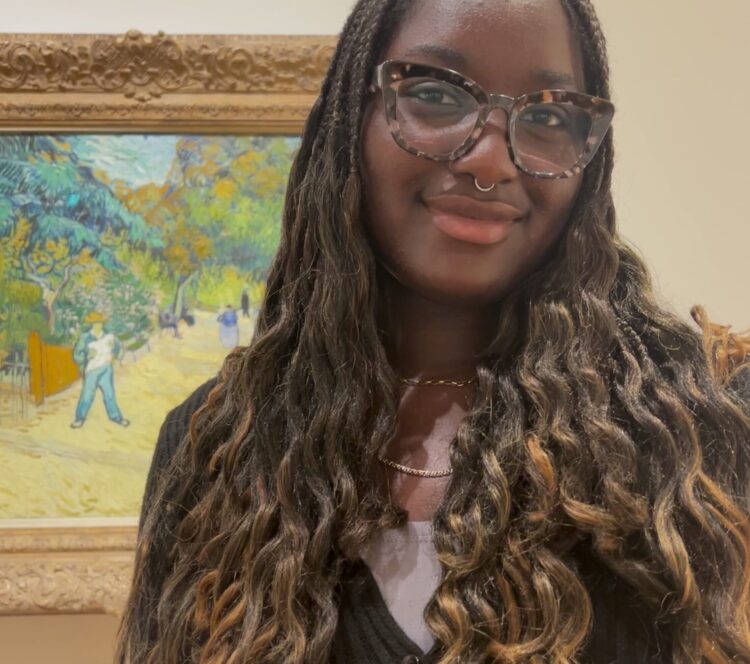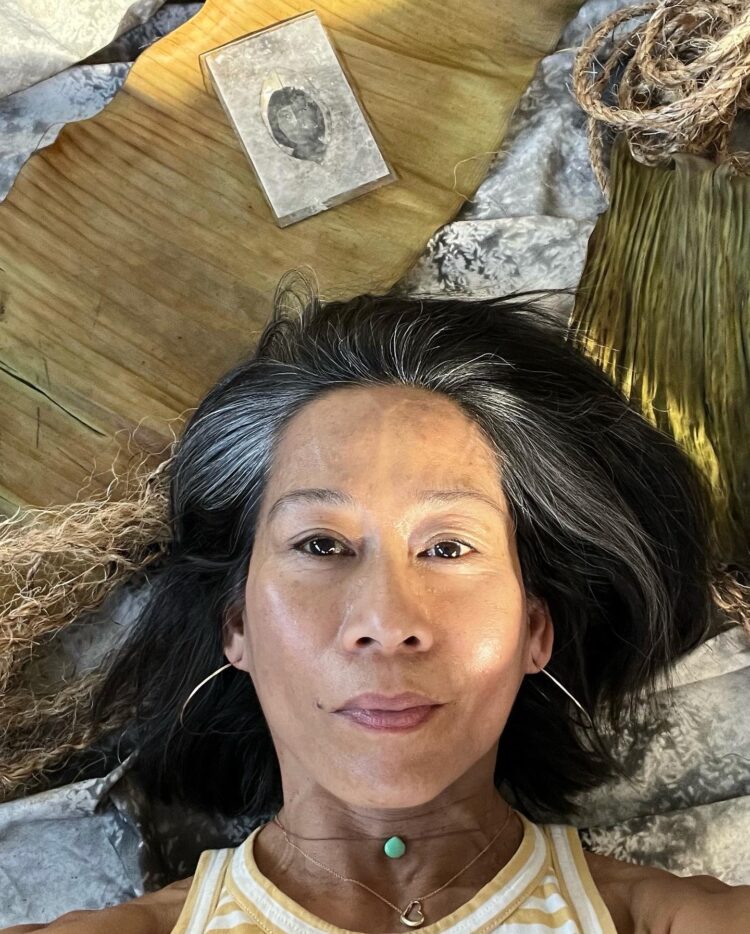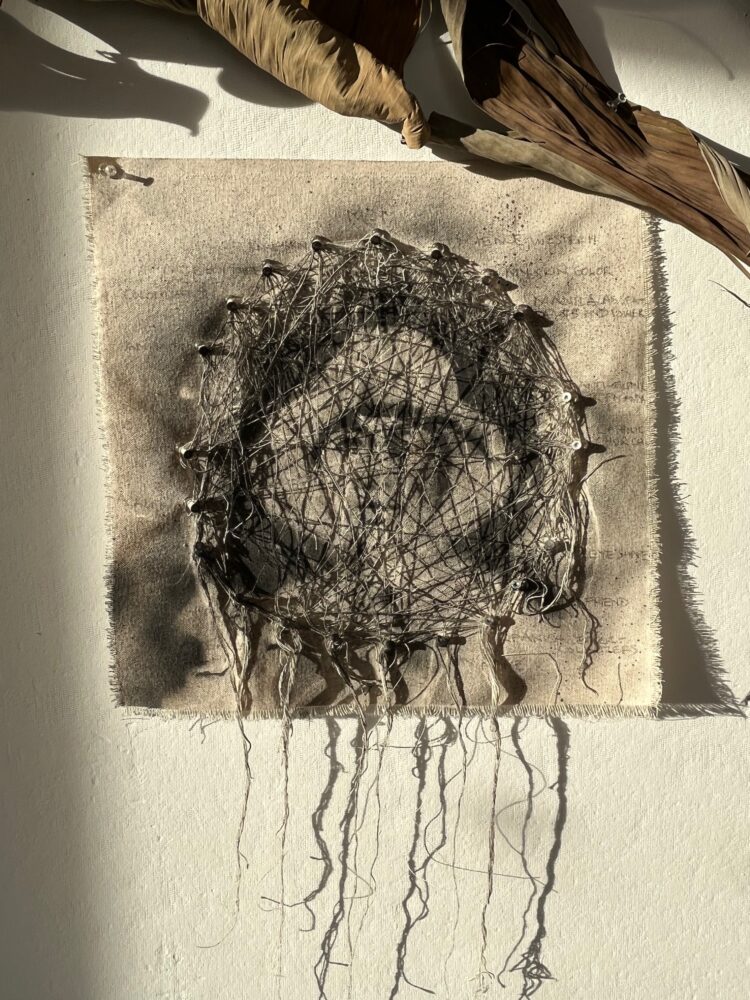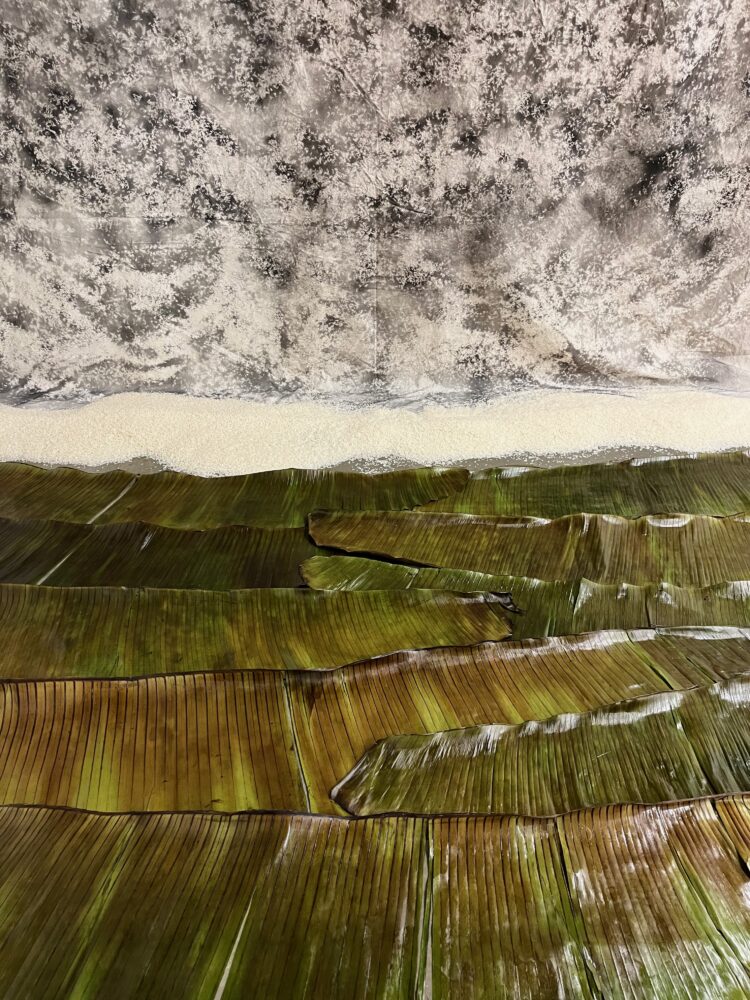Meet our 2023-24 Phillips Collection Fellow Arianna Adade, a senior at Howard University. As part of the museum’s institutional values and commitment to diversity, equity, accessibility, and inclusion, the yearlong Phillips Collection Fellowship encourages cross-departmental communication and cultivates audiences through authentic and critical programming and targeted affinity marketing.

Arianna Adade
Why are you interested in working at a museum?
I have always been fascinated with art as a non-artist, but I fell in love with studying it in high school after taking an art history course and realized my passion for museum work. To me, museums have the potential to reflect the history and beauty of humanity and transform the ways people think, feel, and learn. I’m excited about the prospect of working in art environments where I can facilitate promoting inclusivity and access to these crucial capsules of knowledge, allowing individuals from diverse backgrounds to freely explore what art means to them.
What brought you to The Phillips Collection?
I was first intrigued by The Phillips Collection after attending the artist talk with Dee Dwyer and Keyonna Jones earlier this year. To witness Black women occupying traditional museum spaces and sharing their stories was unique and made me feel a deep level of comfort.
Please tell us about the projects that you will be working on during your fellowship. What do you hope to accomplish during your fellowship?
As The Phillips Collection Fellow, I have the privilege of working with the Marketing & Communications and Community Engagement Departments. I will be collaborating with artists to engage audiences in multiple ways, allowing individuals to establish connections with art beyond the traditional gallery experience. As a philosophy and English major, I have been able to deepen my love for writing and combine it with art through blog posts and interviews to digitally engage with audiences. I have also collaborated with partner organizations such as the Nicholson Project and the DC Public Library to foster the Phillips’s mission of artistic outreach and inclusion. My involvement with The Phillips Collection, THEARC, and affiliated organizations has truly positioned me as a link between the art realm and the DC community, which has felt very fulfilling.
What is your favorite painting/artist here?
This is a hard one, but I am particularly drawn to A Girl in Red (Portrait of Gladys Ankora, Achimota) by Grace Salome Kwami, which is currently on view in African Modernism in America, 1947-67. I am half-Ghanaian and very connected to my heritage, so it was truly special to see a portrait by another Ghanaian woman from my family’s hometown that beautifully reflected a significant part of my identity.
If you were to describe the Phillips in one word, what would that word be?
Convivial.
What is a fun fact about you?
I have lived in three countries!



